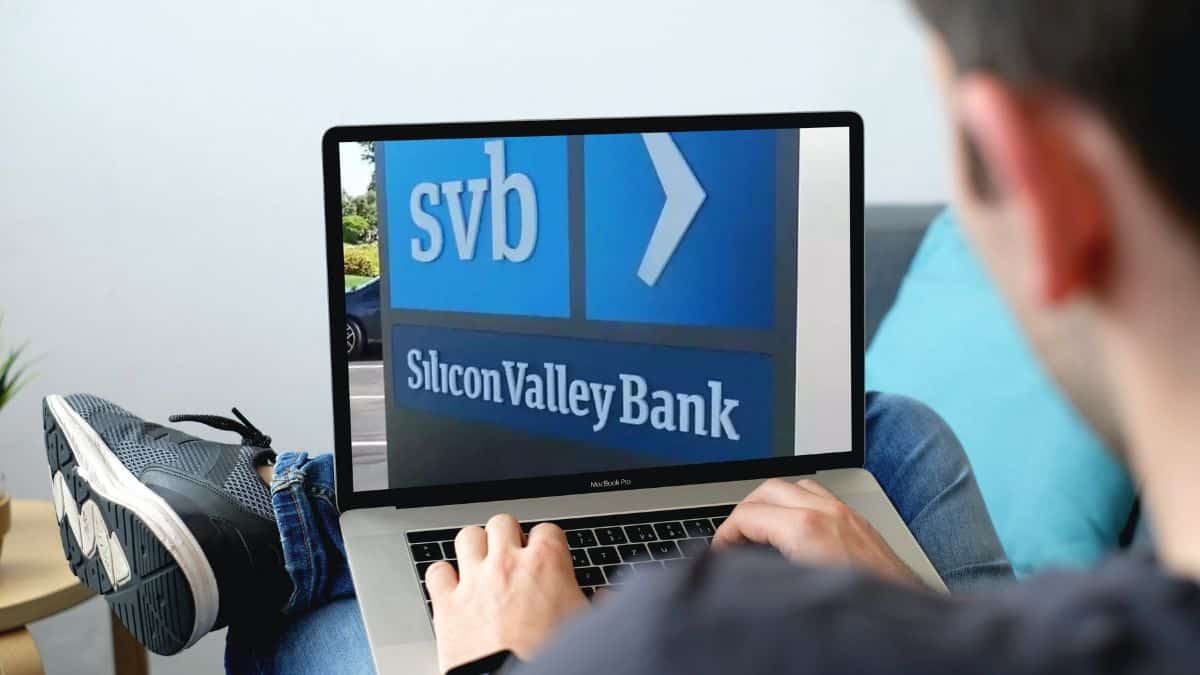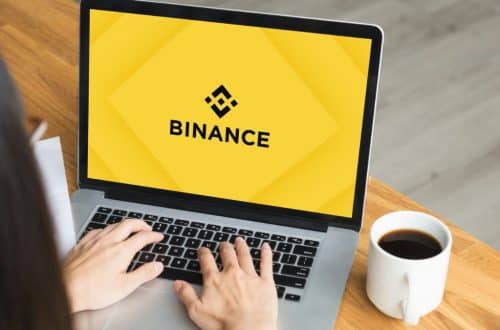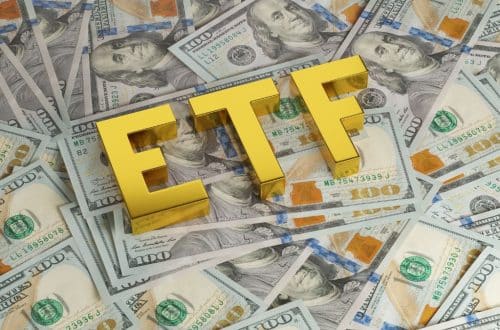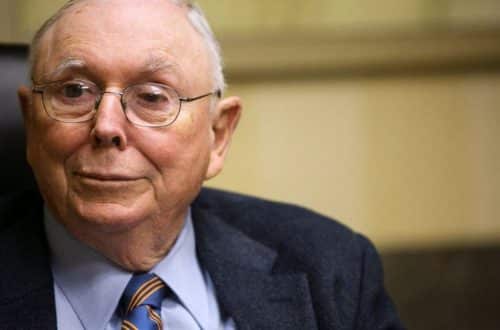
Silicon Valley Bank Confirms its Closure, Elon Musk to Take Over?
- Silicon Valley Bank has been officially shut down by the California DFPI, and the FDIC has taken over the company’s assets.
- The FDIC established the Deposit Insurance National Bank of Santa Clara (DINB) to protect the insured depositors, who will have access to funds on March 13.
- The founder and CEO of Razer, Min-Liang Tan, along with Tesla and SpaceX CEO Elon Musk, have expressed interest in acquiring the bank.
- Tether and Bybit have confirmed that they do not have exposure to SVB, while Circle said that SVB is one of its six partners for managing USDC cash reserves.
- Silicon Valley Bank has over 17 branches in California and Massachusetts, and its offices and branches will open on March 13.
The collapse of crypto banks and companies has become a common sight, but the effects that these bankruptcies have on the crypto industry are several. Following the 2021 crypto bull market, many crypto firms have been unable to keep the same trading volume on their platforms, which has led to many of them closing down their services. Interestingly, a similar situation was seen with a popular commercial bank called Silicon Valley Bank (SVB), which has officially confirmed its closure.
Interestingly, following the announcement of the closure of the Silicon Valley Bank, Elon Musk, the CEO and founder of Tesla and SpaceX, and also the new owner of social media platform Twitter, said that he is open to the idea of purchasing the bank and turning it into a digital bank. Many members of the crypto community supported this idea presented by Musk.
It is crucial to note that the founder and CEO of Razer, an American-Singaporean multinational technology company, Min-Liang Tan, also expressed his intentions of acquiring the bank and turning it into a digital one.
The Silicon Valley Bank has been closed by the California Department of Financial Protection and Innovation, and according to a press release from the Federal Deposit Insurance Corporation (FDIC), the agency has taken over as receiver. In order to protect the insured depositors, the FDIC created the Deposit Insurance National Bank of Santa Clara (DINB).
It is crucial to note that the FDIC transferred all the insured assets of Silicon Valley Bank to DINB, and as per the release, “all insured depositors will have full access to their insured deposits no later than Monday morning, March 13, 2023.”
“The FDIC will pay uninsured depositors an advance dividend within the next week. Uninsured depositors will receive a receivership certificate for the remaining amount of their uninsured funds. As the FDIC sells the assets of Silicon Valley Bank, future dividend payments may be made to uninsured depositors,” read the press statement.
Silicon Valley Bank has over 17 branches in California and Massachusetts, and its offices and branches will open on March 13. The DINB will be responsible for maintaining the bank’s business hours, and all services, including online banking, will resume on March 13. Loan customers will have to continue to pay their installments as usual.
SVB is the first FDIC-insured institution to close this year; the last one was Almena State Bank, Almena, Kansas, on October 23, 2020.
The FDIC confirmed that “as of December 31, 2022, Silicon Valley Bank had approximately $209.0 billion in total assets and about $175.4 billion in total deposits.”
Another important fact pointed out by Unusual Whales is that prior to the collapse of the bank, the CEO of the company, Gregory W. Becker, sold $3.57 million of stock within the last two weeks.
It has been confirmed that this is the second-largest bank failure in the US, as rightly pointed out by Grit Capital CEO Genevieve Roch-Decter.
On the other hand, a report from TheBlock confirms that the bankrupt crypto lender BlockFi has $227 million in uninsured funds in Silicon Valley Bank. The U.S. Trustee overseeing BlockFi’s Chapter 11 bankruptcy case said in a filing that the $227 million was not insured by the FDIC because it is in a money market mutual fund.
Meanwhile, Circle, the firm behind the stablecoin USDC, confirmed that it had exposure to the Silicon Valley Bank which is one of six banking partners Circle uses for managing the 25% portion of USDC reserves held in cash.
“While we await clarity on how the FDIC receivership of SVB will impact its depositors, Circle & USDC continue to operate normally,” said Circle.
Furthermore, crypto exchange Bybit and the issuer of USDT stablecoin, Tether, confirmed that the two do not have exposure to the bankrupt bank.







